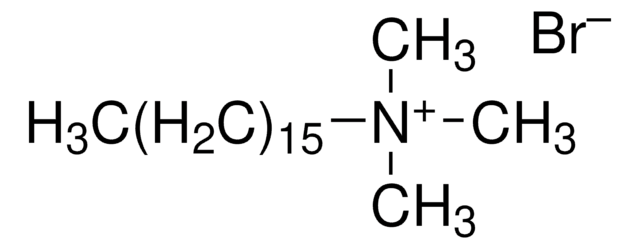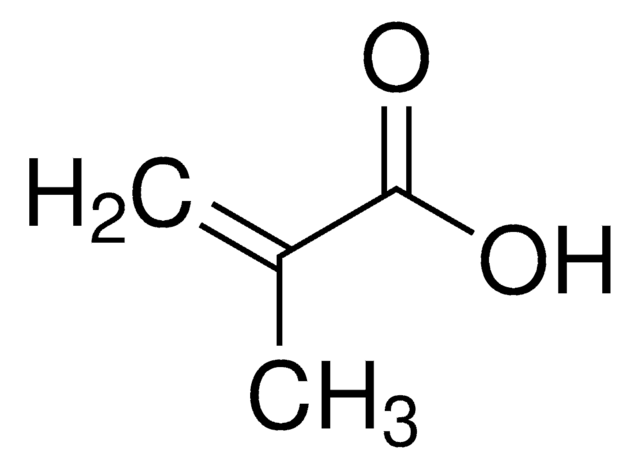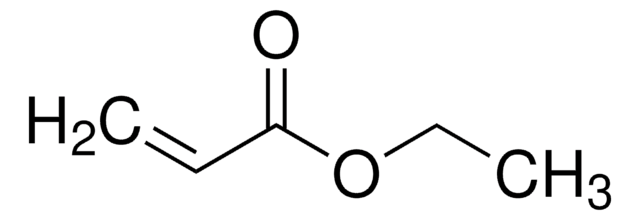8.07500
n-Amyl alcohol
for synthesis
Sinónimos:
n-Amyl alcohol, 1-Pentanol, Pentyl alcohol
About This Item
Productos recomendados
vapor pressure
2.04 hPa ( 20 °C)
Quality Level
assay
≥98% (GC)
form
liquid
autoignition temp.
300 °C (DIN 51794)
potency
3670 mg/kg LD50, oral (Rat)
2306 mg/kg LD50, skin (Rabbit)
expl. lim.
1.6 % (v/v)
pH
7 (20 °C, 22 g/L)
bp
138 °C/1013 hPa
mp
-78 °C
transition temp
flash point 47 °C
solubility
22 g/L
density
0.815 g/cm3 at 20 °C
storage temp.
no temp limit
InChI
1S/C5H12O/c1-2-3-4-5-6/h6H,2-5H2,1H3
InChI key
AMQJEAYHLZJPGS-UHFFFAOYSA-N
Application
- A Compact and Smooth CH₃NH₃PbI₃ Film: Investigation of Solvent Sorts and Concentrations of CH₃NH₃I towards Highly Efficient Perovskite Solar Cells.: This article investigates the role of various solvents, including n-amyl alcohol, in producing highly efficient perovskite solar cells, contributing to advancements in solar energy technology (Chen et al., 2018).
- A novel mechanism for red emission carbon dots: hydrogen bond dominated molecular states emission.: The study identifies the use of n-amyl alcohol in synthesizing red-emission carbon dots, elucidating a new mechanism dominated by hydrogen bonding and its potential applications in bioimaging and optoelectronics (Zhang et al., 2017).
Analysis Note
Density (d 20 °C/ 4 °C): 0.814 - 0.815
Water (K. F.): ≤ 0.30 %
Identity (IR): passes test
signalword
Danger
hcodes
Hazard Classifications
Acute Tox. 4 Inhalation - Eye Dam. 1 - Flam. Liq. 3 - Skin Irrit. 2 - STOT SE 3
target_organs
Respiratory system
Storage Class
3 - Flammable liquids
wgk_germany
WGK 1
flash_point_f
120.2 °F - closed cup
flash_point_c
49 °C - closed cup
Certificados de análisis (COA)
Busque Certificados de análisis (COA) introduciendo el número de lote del producto. Los números de lote se encuentran en la etiqueta del producto después de las palabras «Lot» o «Batch»
¿Ya tiene este producto?
Encuentre la documentación para los productos que ha comprado recientemente en la Biblioteca de documentos.
Nuestro equipo de científicos tiene experiencia en todas las áreas de investigación: Ciencias de la vida, Ciencia de los materiales, Síntesis química, Cromatografía, Analítica y muchas otras.
Póngase en contacto con el Servicio técnico









